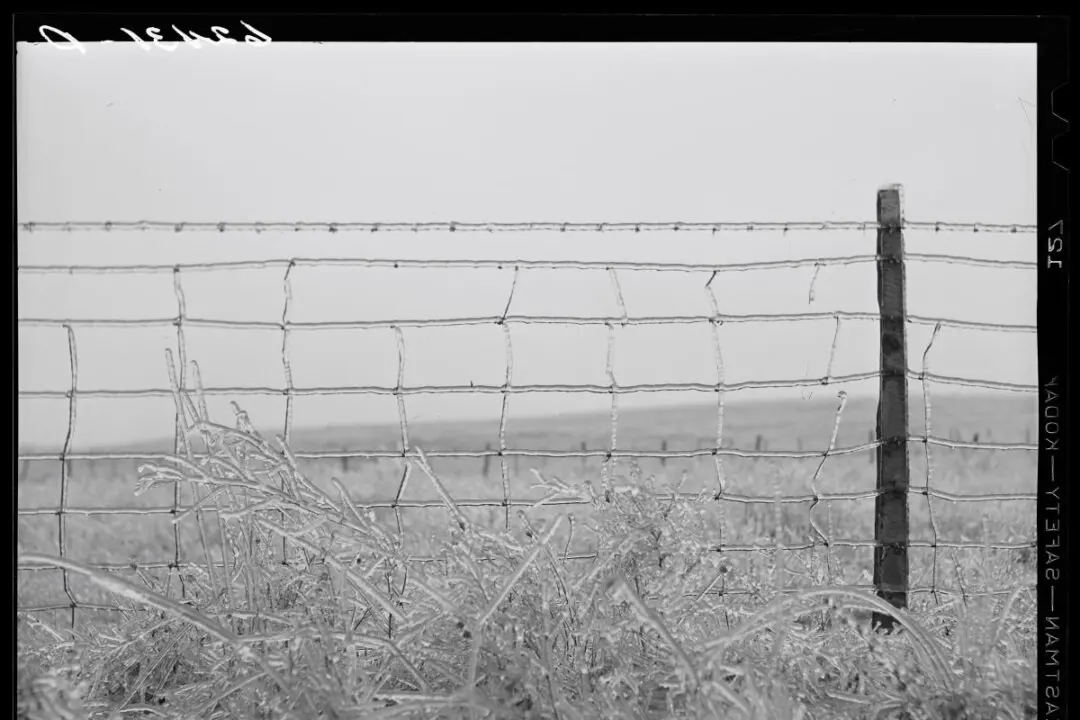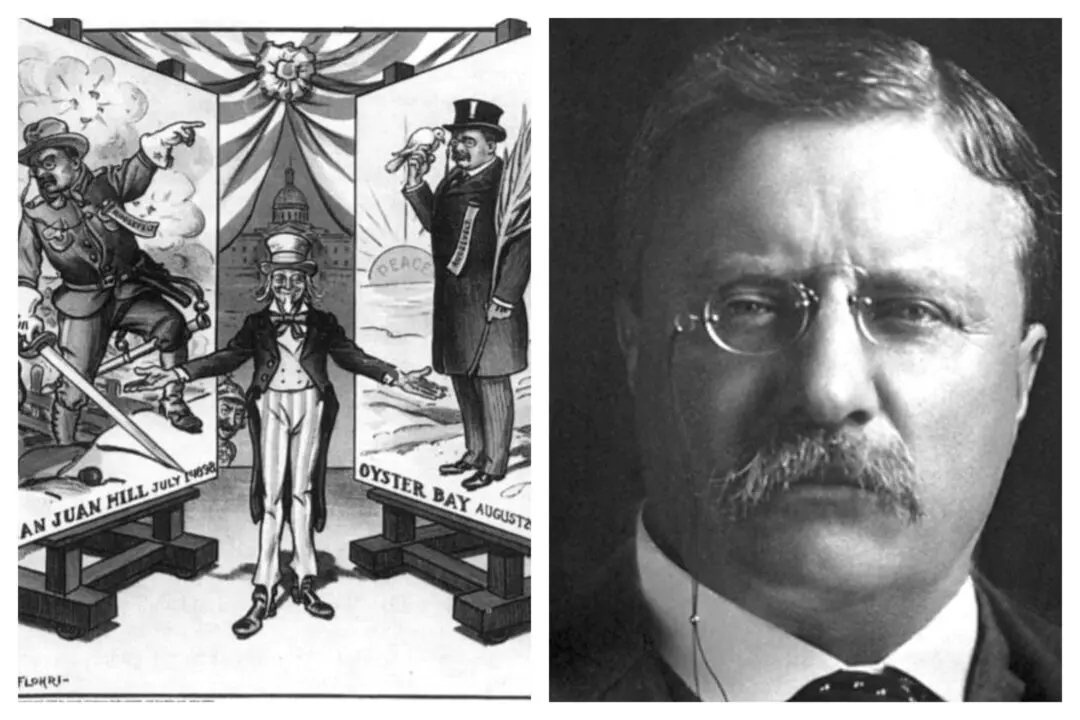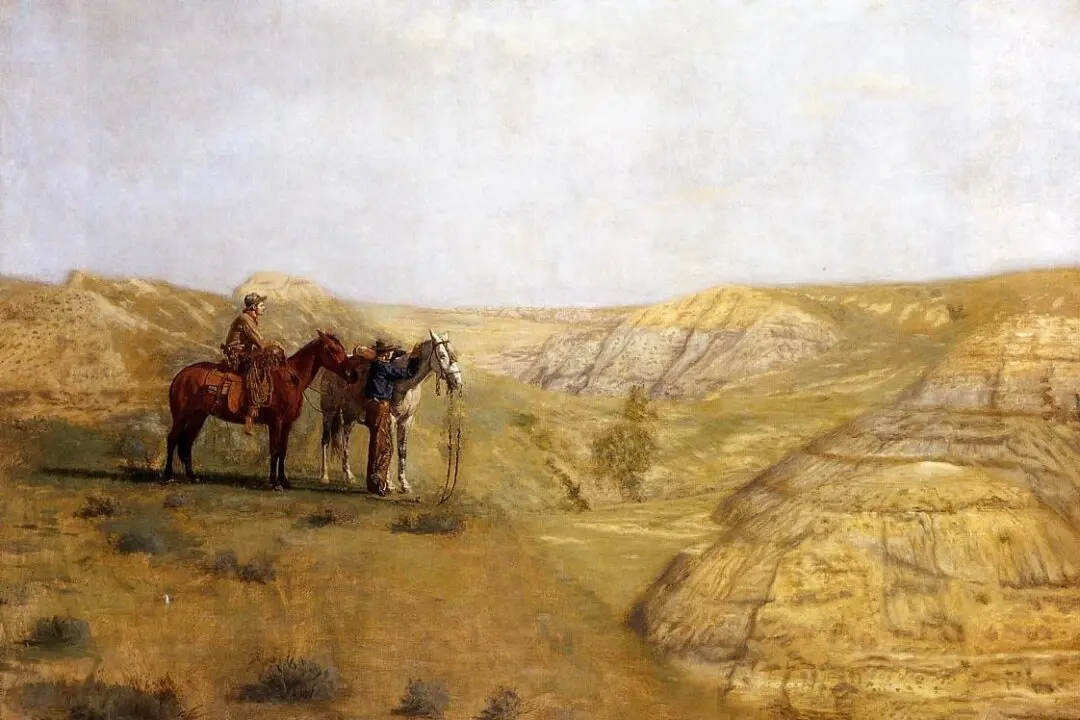“This is a valley of ashes—a fantastic farm where ashes grow like wheat into ridges and hills and grotesque gardens; where ashes take the forms of houses and chimneys and rising smoke and, finally, with a transcendent effort, of men who move dimly and already crumbling through the powdery air.” F. Scott Fitzgerald, the great American novelist, vividly described Flushing in his classic novel “The Great Gatsby.” In a more prosaic description, Col. Henry Welles Durham of the Corps of Engineers Reserve, described the area as “a marsh 3 miles long and a mile wide at its greatest extent” where “[f]or more than thirty years, portions of this swamp had been used as a city dump, and some 50,000,000 cubic yards of ashes and rubbish had been placed on these” where “the fill in some places attained a total depth of over 125 feet and its weight had forced the swamp surface downward 30 to 40 feet below the original level.”
To Robert Moses, New York City’s Parks Commissioner and commonly referred to as the city’s 20th-century “master builder,” Flushing was the perfect spot to build a new, though temporary city. It would become the site of the 1939 World’s Fair.






